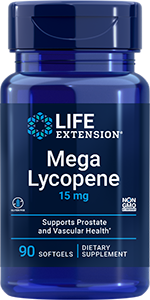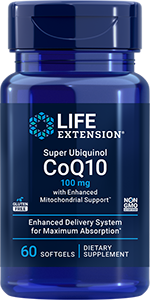- Science & Research
- Science News
- Newsletter
- 2011
- December 20

Newsletter
Newsletter
Meta Analysis Associates Reduced Vitamin D Levels Greater Risk Of Dying Over 27 Years
Meta-analysis associates reduced vitamin D levels with greater risk of dying over follow-up periods of up to 27 years
Tuesday, December 20, 2011. The results of a meta-analysis published online on December 14, 2011 in the American Journal of Clinical Nutrition reaffirm an increased risk of all-cause mortality over follow-up periods ranging from 1.3 to 24 years in association with having reduced serum levels of vitamin D. For their review, Sara Gandini of the European Institute of Oncology and her associates selected 14 prospective cohort studies in which serum 25-hydroxyvitamin D [25(OH)D] levels were determined for a total of 62,548 men and women with an average age of 45 to 80 years. Over the studies' varying follow-up periods, 5,562 deaths occurred. When the studies were analyzed according to highest versus lowest vitamin D levels, a 29 percent lower average risk of dying was observed for those whose levels were highest. A separate, nonlinear analysis of 11 studies which utilized approximately 27.5 nanomoles per liter(nmol/L) 25-hydroxyvitamin D as the reference range found reductions of 14, 23 and 31 percent in association with increases of 12.5, 25 and 50 nmol/L above this level, however no further reduction in mortality was associated with increases of 87.5 nmol/L. (An increase of 87.5 nmol/L above the reference range of 27.5 nmol/L equals 115 nmol/L which is equivalent to 46.1 nanograms per milliliter.) Although the mechanism of vitamin D involved in life span is not clear, the authors mention that mice in which the vitamin D receptor has been knocked out exhibit cardiovascular and metabolic disturbances and have shorter lives than normal mice. Vitamin D deficiency in humans has been associated with cardiovascular disease, cancer, type 2 diabetes and respiratory infections and diseases. Additionally, vitamin D levels have been positively associated with the length of telomeres, which protect the ends of the chromosomes and shorten during aging. "In summary, this meta-analysis of prospective cohort studies offers further support that concentrations of 75–87.5 nmol 25(OH)D/L are desirable," the authors conclude. "Because many adults do not achieve this 25(OH)D value, large prospective randomized trials are urgently needed to investigate whether vitamin D supplementation is able to reduce mortality risk in the general population." | ||||||||||||||||||||||||||||||||||||||||
 | ||||||||||||||||||||||||||||||||||||||||
| ||||||||||||||||||||||||||||||||||||||||
 | ||||||||||||||||||||||||||||||||||||||||
| ||||||||||||||||||||||||||||||||||||||||
| ||||||||||||||||||||||||||||||||||||||||
The latest news on aging, nutrition, and vitamins
Lab
Testing
How Life Extension lab testing works











